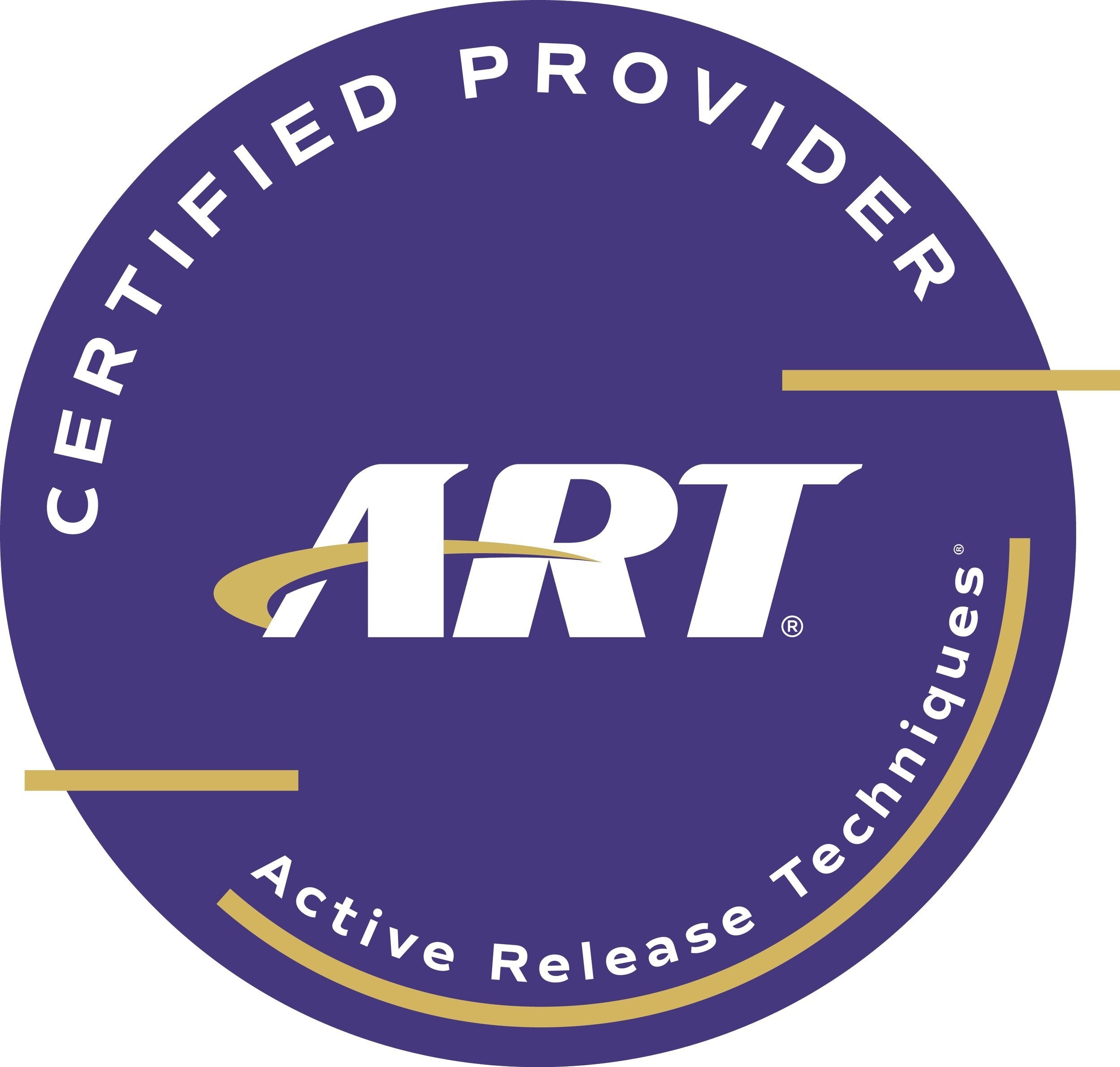An Introduction to Fascia
For years, fascia has been fundamentally ignored by anatomists and surgeons and simply regarded as elastic connective tissue separating soft tissue structures. Medical professionals were not even curious about fascia and they vaguely understood it until recent years. Now, the medical community is realizing the vital role it plays in our bodies.
Recent research has revealed that healthy fascia is crucial for the body's overall physical wellbeing. It not only separates soft tissue structures, but also holds a tone that, when distorted, can cause pain patterns & lead to chronic pain. This exciting new information has caught the attention of medical professionals, athletes, trainers, and manual practitioners alike. They're eagerly devouring the latest research on fascia to help clients find relief from pain and improve their overall health.
By understanding the power & importance of fascia, we can unlock the key to pain relief and a healthier, happier life.
What is fascia?
Short version: Fascia is a type of connective tissue that wraps around all muscles and other body parts. It covers, connects and supports all internal parts of the body including muscles, tendons, ligaments, tissues, organs, nerves, bones and joints.
Long version: Fascia is a soft, loose and slippery tissue that is made up of multiple layers of collagen. The lubricant between these layers, called Hyaluronan, acts as a natural WD-40 for our body, keeping it flexible and able to resist tension. Fascia is highly innervated; it is almost as sensitive as our skin tissue. This makes it an essential part of our body's sensory system, helping us detect changes in pressure, tension, and movement.
There are four (4) kinds of fascia in the human body, all with slightly differing functions:
1. Visceral fascia surrounds the viscera, or organs, of the body
2. Parietal fascia lines body cavities
Our office offers myofascial treatments (myo=muscle fibers + fascia) that can access the last two:
3. Deep fascia covers blood vessels, bones, muscles, and nerves
4. Superficial fascia is the outermost layer of fascia and connects skin to the tissue lying directly underneath
Understanding the Pain
The lubricant, hyaluronan helps your fascia stretch as you move. Inflammation and trauma can dry up the hyaluronan and damage your fascia. When your fascia tightens, it can restrict the movement of your muscles and tissues, causing pain and other health conditions.
Pain can happen for a variety of reasons:
Sticky or dried-up hyaluronan doesn't lubricate fascia movement and normal hyaluronan; this can result in muscle knots or muscles that bind in certain areas. These are called fascia adhesions.
Repetitive movements for many hours per day can strain the fascia, resulting in pain and inflammation in the strained area.
Surgeries or other traumatic injuries that damage the fascia can sometimes cause long-term pain.
A sedentary lifestyle can also be the culprit of fascia pain because fascia requires some movement to work correctly.
It can be challenging to determine whether your pain is due to muscles, joints or fascia. However, understanding the differences can help you manage your pain better. Muscular injuries and joint problems tend to worsen with movement, as the muscular tissue expands and contracts with movement, resulting in pain when used. On the other hand, fascia adhesions feel better with movement. Stretching the fascia and keeping it pliable through a range of motion, heat therapy and myofascial release can help alleviate the pain caused by fascial adhesions. If left untreated, fascial issues can worsen over time, causing the fascia to further distort and shorten, leading to an imbalance in the tone of the fascia and soft tissue structures. It is essential to seek appropriate treatment and care to prevent your pain from worsening and affecting your quality of life.
Treatment
The known treatments that are indicated to help fascial adhesions are myofascial release therapies such as:
Instrument Assisted Soft Tissue Mobilization (IASTM)
Heat therapy
Postural therapy
Proper stretching routines, for the specific area of concern *
Acupuncture
Physical therapy
Yoga
* At Perfectly Aligned Chiropractic, we can help you unlock the key to pain relief with ART®, massage, stretches and exercises to treat damaged deep fascia and superficial fascia. We also have a network of trusted specialists (physical therapy, postural therapy, acupuncture, etc.) we can refer you to, if needed.
Schedule an appointment with Dr. Scott Nissenbaum, DC for ART® to work on repairing fascia to reduce pain. Regular appointments are recommended to maintain healthy myofascial tissues.
Four types of fascia. Image from Cleveland Clinics.

